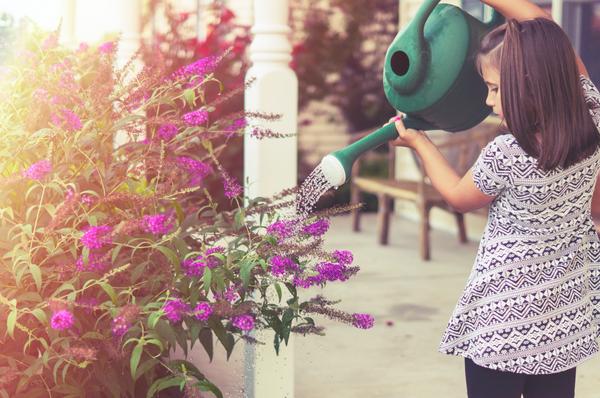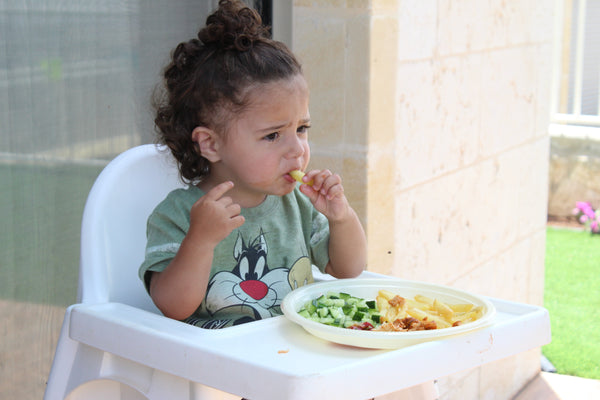10 Ways to use Rainbow Timers

Junior Learning's Rainbow Timers are an excellent visual reference for understanding time, as well as setting limits to events and activities. There are three timers - 1 minute, 2 minutes, and 5 minutes. We've put together a list of 20 creative ways that these timers can be used. If you like these ideas, or have additional ways to use this resource, let us know in the comments below!
1. Helping kids to manage their own time:
Use the Rainbow Timer to get your kids in the habit of completing tasks efficiently (or thoroughly!). These tasks might include cleaning up toys, getting ready for bed, or brushing teeth. You could challenge your child to clean up the toys before the red sand runs out, or to brush their teeth until all the sand passes through the yellow timer. Rainbow Timers will turn any mundane task into a fun challenge!

2. Encouraging positive behavior:
Rainbow Timers are great for encouraging cooperative behavior, teaching kids how to play and interact fairly. For instance, if two kids want to play with the same toy, Rainbow Timers can be used to encourage turn taking. "When the purple sand has run out, it will be your friends turn to play with the car." Kids will be happy sharing their toys, knowing that everyone has equal playing time.

3. Teaching patience and self-discipline:
If your child is demanding your immediate attention at a bad time (when you're talking on a phone, doing a household chore, or are in the middle of a discussion with your friend etc.), let them know that you're currently unavailable. Turn around the purple timer to tell your child that you'll be five minutes, or yellow for two minutes. Your child gets the chance to quieten down, knowing that they will have your attention soon.

4. Reinforcing healthy habits:
Younger kids don't always have a good grasp of time, especially when they are absorbed in their favorite television show or video game. Rainbow Timers are terrific for helping them monitor their own screen time. They will be more likely to accept that their screen time is up, reducing the possibility for drama or meltdowns. Vise versa, Rainbow Timers can also be used to encourage kids to engage with healthy educational activities such as five minutes of reading before bed.

5. Boosting quick thinking skills:
Rainbow Timers are great for encouraging kids to think on their feet. You could challenge your kids to debate a specific topic with one minute to prepare, or to answer a difficult mathematical question before the timer runs out. Kids will focus all their attention on their work, as they attempt to deliver results within the given time constraints.

6. Helping kids to make choices:
Help kids to gain awareness of the time it takes to complete activities by getting them to select a timer. "Would you like the red, yellow, or purple timer to complete that activity? Do you think you could do it in one or two minutes?" Kids will also feel like they have control over their work, and they will be more motivated to meet their own challenge.

7. Making meal times a breeze:
Meal times can often become a marathon event that is full of nagging kids to eat all of their food. To speed kids up, and encourage them to finish their meal, turn the five minute timer around. You could use a reward incentive - those who finish their dinner in five minutes get dessert, or ten minutes of screen time. You'll be amazed at the results!

8. Assisting with games and activities:
Rainbow Timers can be a good addition to family games that require counting or time. They can be used to ensure players have enough time to hide in Hide-and-Seek, or they can be used to limit sketching time in picture drawing games.

9. Comparing the passage of time:
For younger kids, Rainbow Timers provide a great opportunity to learn about the passage of time, as well as basic math and physics! How much longer does it take for the yellow sand to run out when compared to the red sand? Why does the red sand run out the quickest? How many times can we flip the red timer before the purple sand runs out? You can get your kids to conduct tests when comparing the timers. Then, get them to question why there is a difference between the timers. Trust me, these timers will get them thinking!

10. Creating your own unique games:
Use the Rainbow Timers to put a game-like aspect in any educational activity! For storytelling, speaking and listening skills, get everyone to sit in a circle with the timer in the middle. Each person has to choose a random object that will become a part of the story. Then, go around the circle, allowing everyone to speak. Each person must incorporate their object into the story. Before the timer finishes, the story has to reach the last person in the circle! Your kids can try to come up with stories in 1 minute (red timer), 2 minutes (yellow timer), or 5 minutes (purple timer). For encouraging quick and rapid responses, like simple math questions, another idea is to use the timer as a bomb-like aspect. Get one person to be the "caller", or the one who asks the math questions (this could be the parent!). Everyone else has to sit in a circle with the timer in the middle. One by one (in turns), each person has to correctly answer a question. The person whose turn it is when the timer runs out loses! Kids will be focusing hard to answer the questions as quickly as possible! This game can also be played to learn basic facts (history, geography, spelling, anything you can think of - you name it!).

Can you think of some creative ways to use Rainbow Timers? Let us know in the comments below! Rainbow Timers can be purchased here.
Comments
0 Comments
Leave a Comment